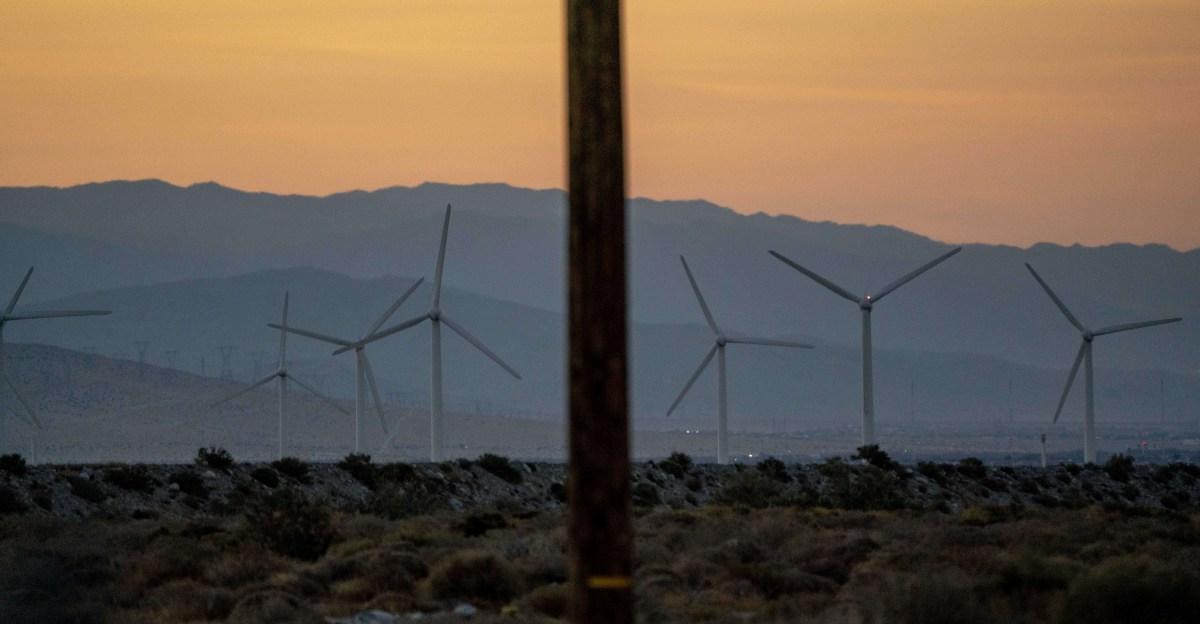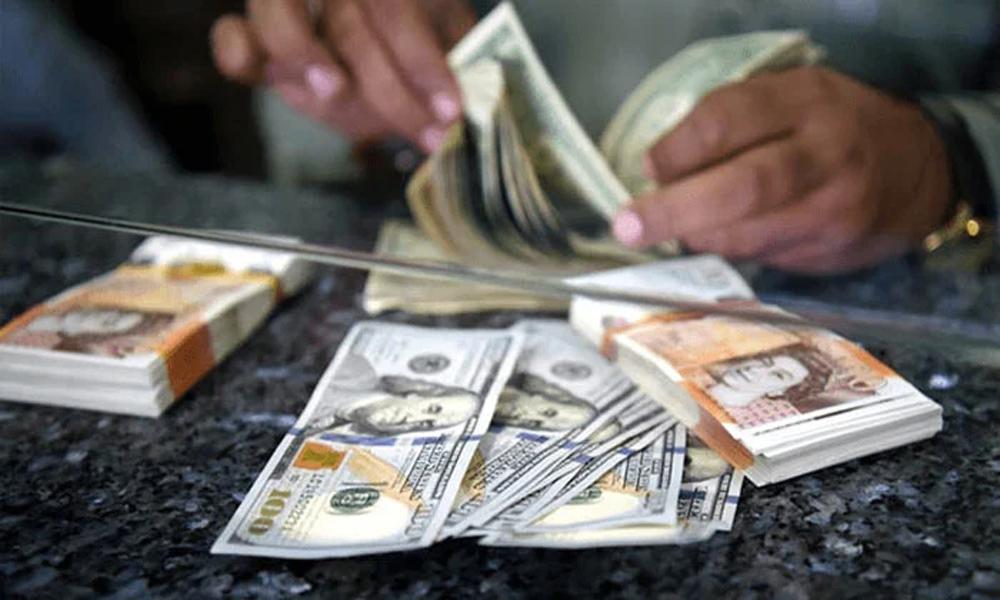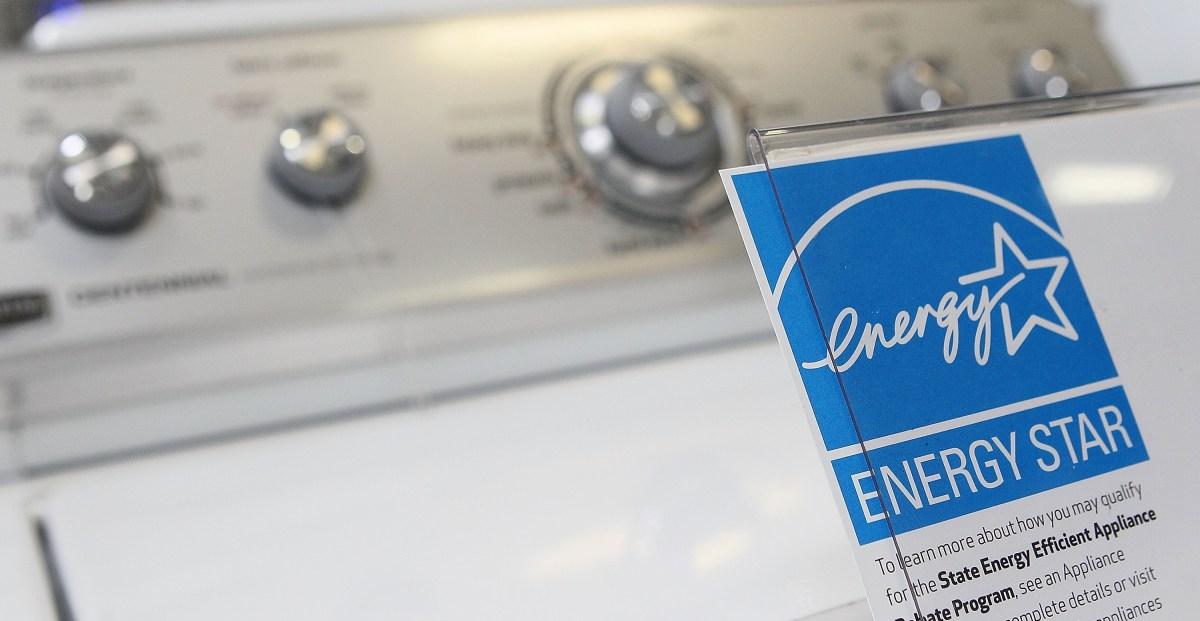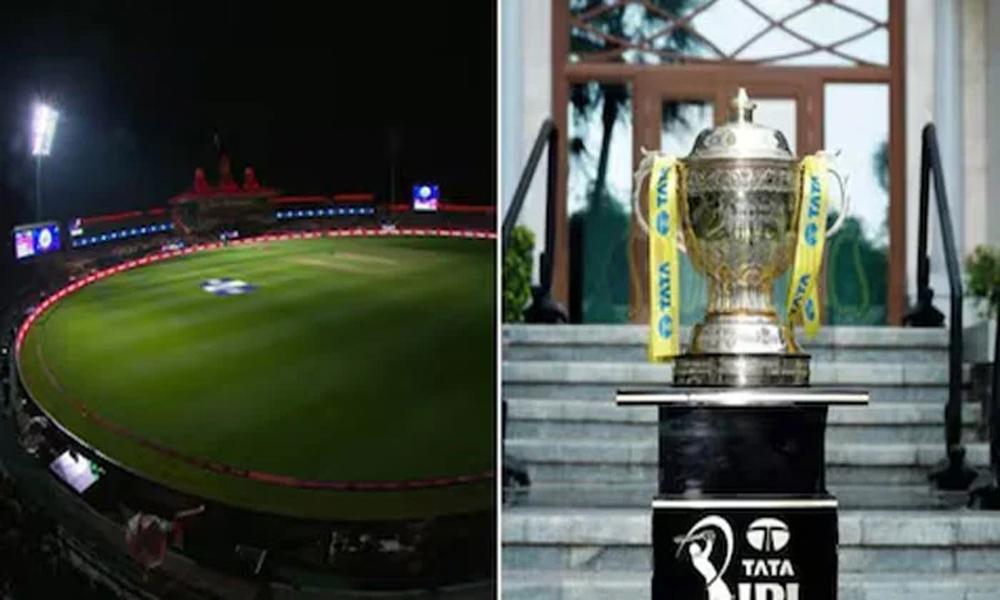Folks, what you’ve heard so far is true. Apple’s new FineWoven iPhone cases and accessories are bad. Like, really bad. I’ve been puzzling over them for the past week, looking at them from different angles. Picking them up, setting them down, petting them. Seven days later, I still can’t make sense of them and have no other choice but to say it out loud: FineWoven is very bad.
- Home
- Technology
- News
The new FineWoven iPhone cases are very bad
Apple introduced new FineWoven cases for the iPhone 15, along with AirTag cases and MagSafe wallets. And folks: they’re bad. Here’s why you should skip Apple’s new premium $59 iPhone case.

FineWoven is a new fabric option you’ll find on iPhone 15 cases, AirTag holders, and MagSafe wallets. Apple calls it a “luxurious and durable microtwill.” It’s silky, almost slippery to the touch, and costs $59 for any of the phone cases, $35 for an AirTag holder, and $99 for one of the new watch bands — not the most expensive phone cases you can buy, but pretty darn pricey.
Apple is pitching them as a premium replacement of sorts for the leather accessories it discontinued. The company won’t sell leather iPhone cases and straps anymore because making them at Apple’s scale “has a significant carbon footprint,” according to Lisa Jackson, the company’s environmental policy VP. That’s fair; as my colleague Justine Calma puts it, “Cattle are a big source of greenhouse gas emissions because cows burp out methane, which is even more potent than CO2 when it comes to its ability to trap heat on the planet.” If you want a fancy first-party iPhone case, then your new, more sustainable option would be FineWoven.
But FineWoven is very much not the premium material that leather is. When I popped the MagSafe wallet out of its box, I could clearly see some places where it was already showing wear along the edges. Little bits of lint immediately caught on the fabric, too. And then there’s the fingernail test.
If I’m putting one of these cases on my phone, I’m inevitably going to scratch it on accident with a jagged fingernail edge, or it’s going to come into contact with my car keys. And when you scratch FineWoven, the results are seemingly permanent. When we first inspected the cases after picking them up at Apple Park, Verge editor-in-chief Nilay Patel picked one up and ran his fingernails across it five times — and that was all it took to leave a trail of indelible scuffs on the fabric. The scratches are still there a week later, no matter how many times I’ve tried “buffing” it out by rubbing my finger over it.
I’m trying to imagine what this case would be like after a year of being subjected to the dust and lint at the bottom of my purse or the stray scratches from nails and keys. God help me if my toddler ever managed to put his grubby hands on it, which he absolutely would. I just don’t see any way that this material ages gracefully. The leather cases had their problems, but when leather gets old, it at least looks nice — a scuffed, dusty fabric case will not.
When leather gets old, it at least looks nice — a scuffed, dusty fabric case will not
Maybe FineWoven would be acceptable in a less expensive case. Or maybe if Apple had never called it “durable,” I could accept it. But for $59? On a phone case that needs to stand up to daily abuse? Absolutely not. I would have been thrilled with a coarser fabric like the old Google Pixel cases, RIP, and those certainly stand up better to scratches and scuffs. I think Apple did a decent thing by discontinuing the leather cases, but FineWoven is just not the premium replacement we were looking for.

States sue Trump over ‘existential threat’ to wind energy
- 33 minutes ago

PAA rejects reports about closure of Lahore airspace
- 2 hours ago

Pakistan's foreign exchange reserves increase by $118mn
- 3 hours ago

Drone attacks were to check our locations, says Defense Minister
- 42 minutes ago

New gas reserves discovered in Sujawal
- an hour ago

Official X account of Ministry of Economic Affairs hacked
- 2 hours ago

Rain in Punjab, hail likely in few places
- 4 hours ago

Pakistan Army shoots down 6 more Israeli-made drones sent by India
- 5 hours ago

Trump cuts Energy Star program that saved households $450 a year
- 33 minutes ago

Indian army shelling on Kotli, 4 including newborn martyred
- 4 hours ago

Pakistan Army retaliation, IPL suspended
- 2 hours ago

Rivian gets $16 million from Illinois to build new supplier park
- 33 minutes ago

:format(webp)/cdn.vox-cdn.com/uploads/chorus_asset/file/24938263/DSC_1151.jpg)









